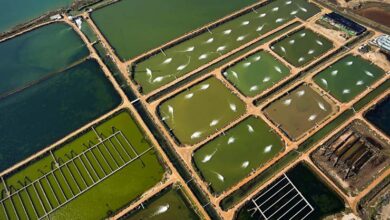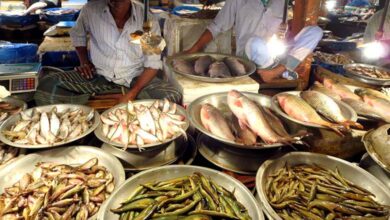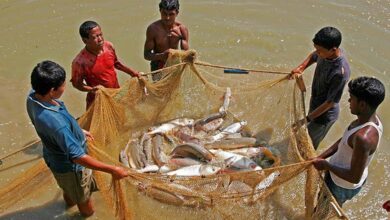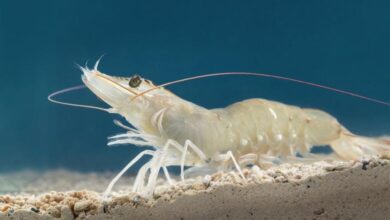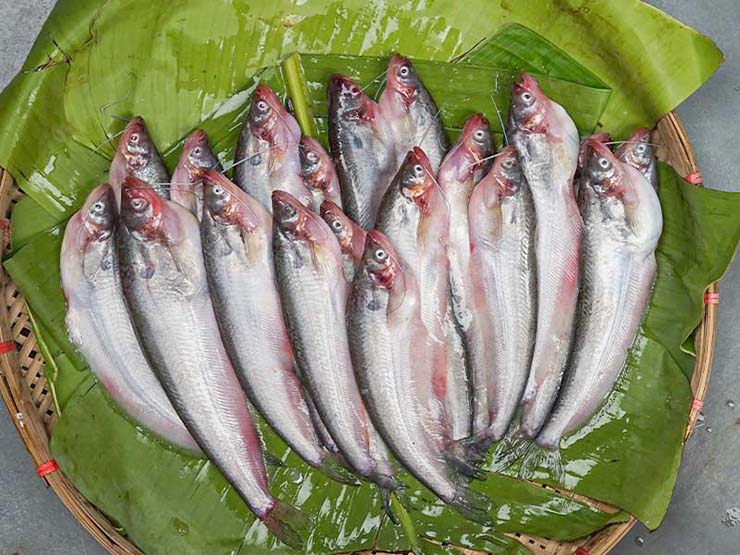
The native butter catfish, or Ompok pabda, is a member of the Siluriformes order and family Siluridae. Due to several biological changes in inland water bodies, the number of catches of this fish has severely decreased in open waters such as rivers, beels, haors, etc. in recent years. As a result, the IUCN has classified this fish as an endangered species.
In freshwater environments including lakes, ponds, and rivers throughout South and Southeast Asia, pabda fish can be found. Pabda fish favor shallow, murky, or sandy waters that move slowly. Species of pabda fish are nocturnal. It typically hides during the day in burrows on the riverside or in submerged vegetation. It is a carnivorous species that consumes insects, crustaceans, and small fish.
Importance of Pabda for aquaculture industry:
In Bangladesh’s local fish market, it commands a high price and level of demand. Customers love pabda because of its great flavor, low bone count, and nutritional benefits. Because of its delicate flesh and mild, buttery flavor, it has become quite popular among seafood enthusiasts worldwide. Businesspeople contribute significantly to a nation’s GDP by importing and exporting this fish.
Because it is high in proteins and minerals, doctors recommend this fish to patients who are physically frail. It can aid in the treatment of a variety of illnesses due to its antioxidant and anti-inflammatory qualities. As a tiny fish, it has a lot of potassium, sodium, and magnesium, which is what our bodies need for adequate mineral supply. Buddha fish contains high-quality protein, omega-3 fatty acids, and micro-nutrients. It helps lower blood pressure, triglyceride levels, cardiac issues, and cholesterol.
South and Southeast Asia are home to a few commercial pabda fish farms as well. It is a hardy variety of fish that thrives in ponds or aquariums. Because of its rapid growth and high rate of reproduction, fish breeders love this particular species. With this fish, several farmers in Bangladesh and India use aquaponics and bioflocs techniques. In the ponds, this fish is typically farmed alongside a few other carp fish species, including Rui, Catla, and Mrigal. The commercial pabda fish farming industry can be a financially viable venture for educated young living in rural areas, as it yields more profits than any other freshwater species.
In recent times, there has been minimal focus on the commercial pabda fish farming industry. However, pabda fish farming has the potential to alter Bangladesh’s aquaculture economy. More knowledge and cutting-edge approaches are required for the commercial breeding and larval rearing practices of pabda fish farming.
Farhana Islam
Agriculturist, Researcher
Fisheries Resource Management, CVASU

